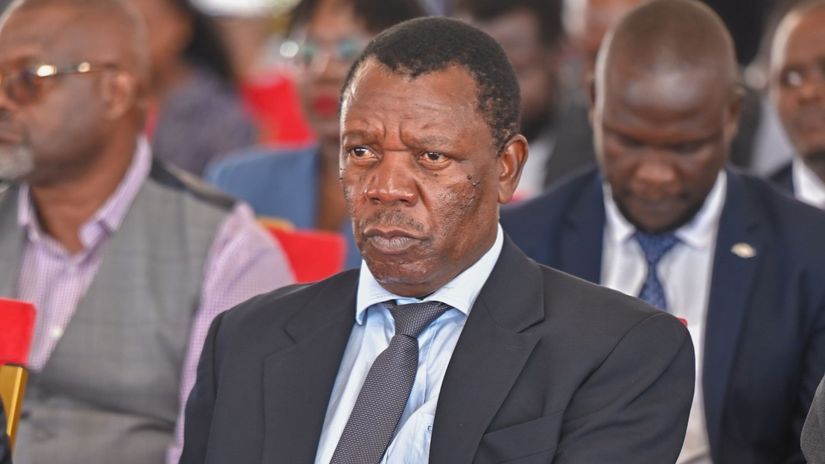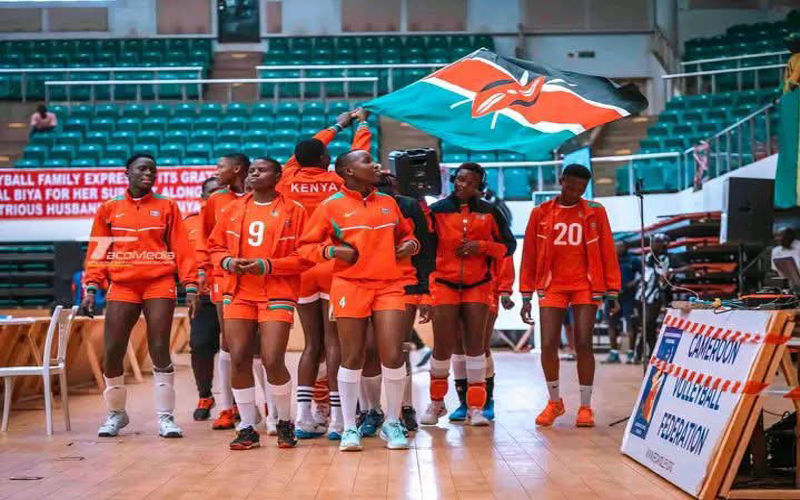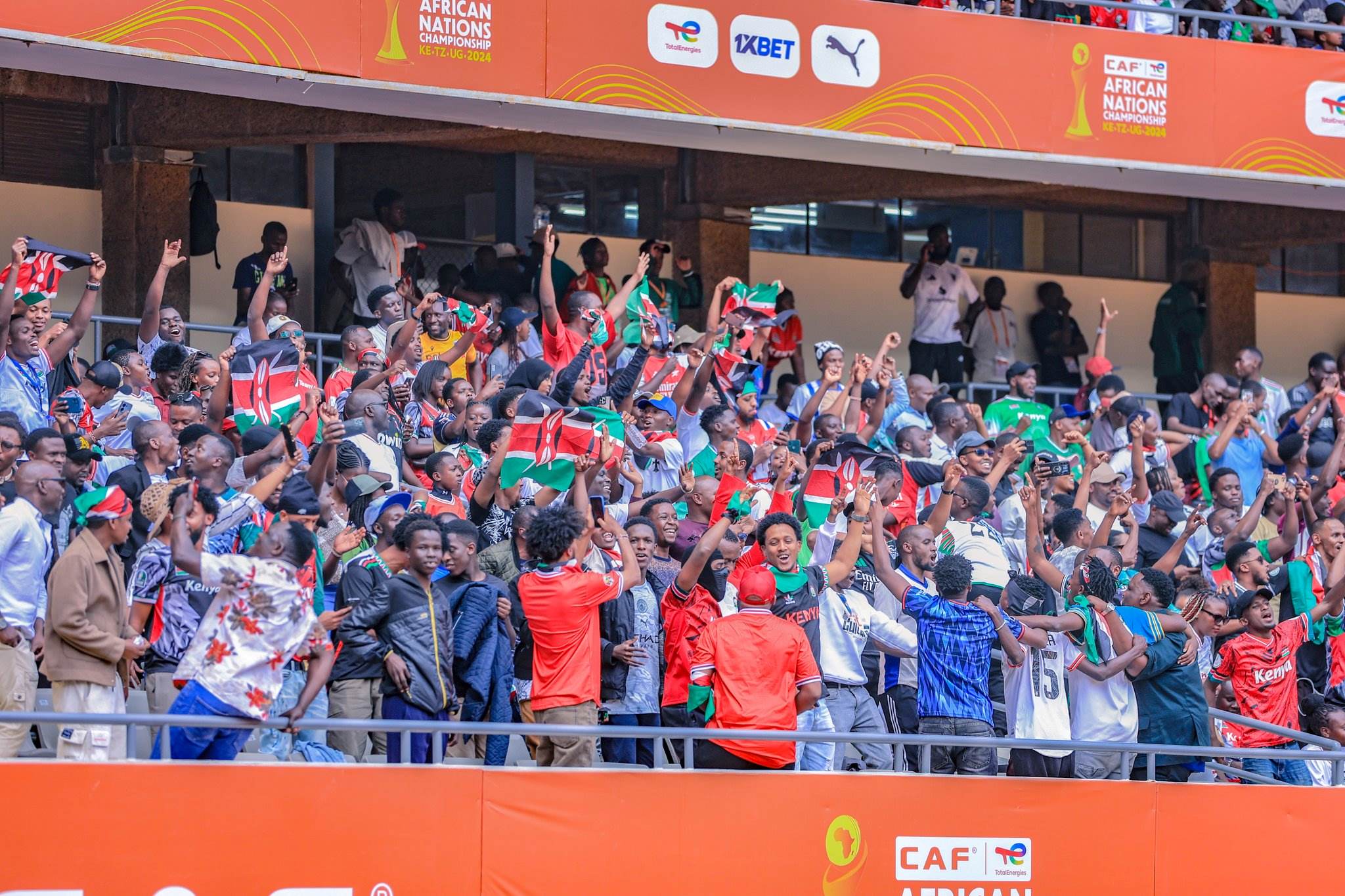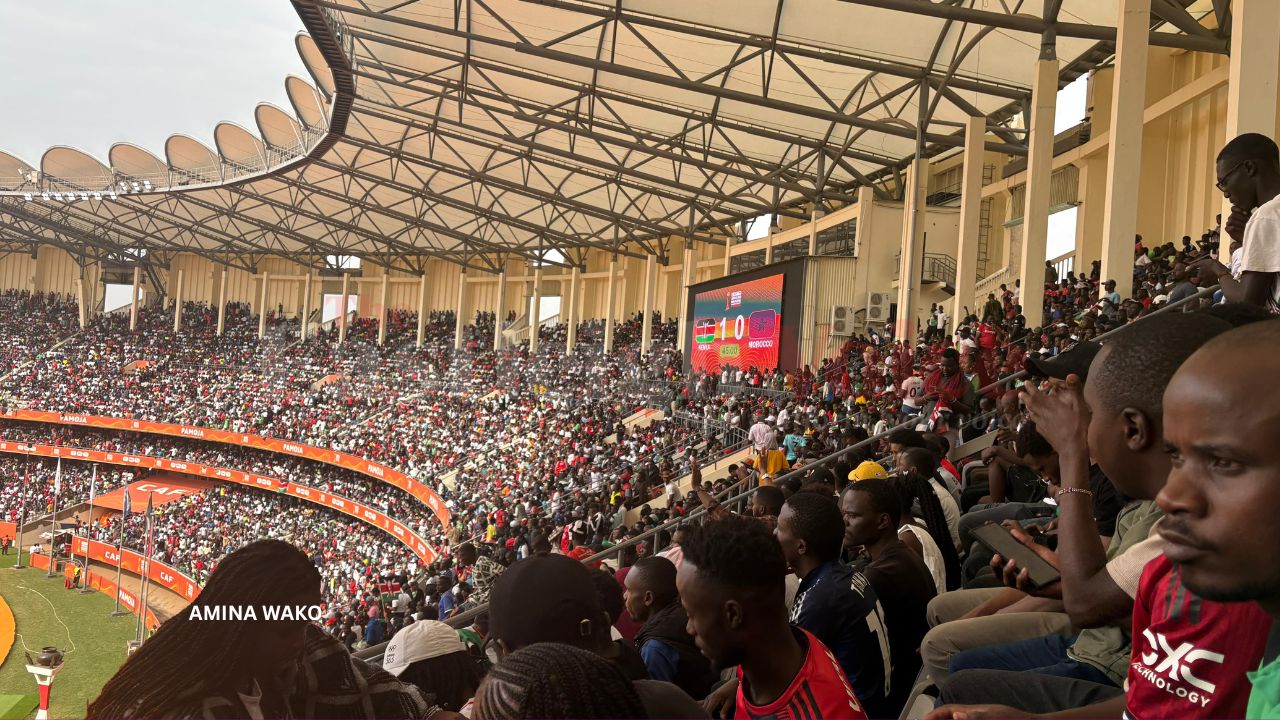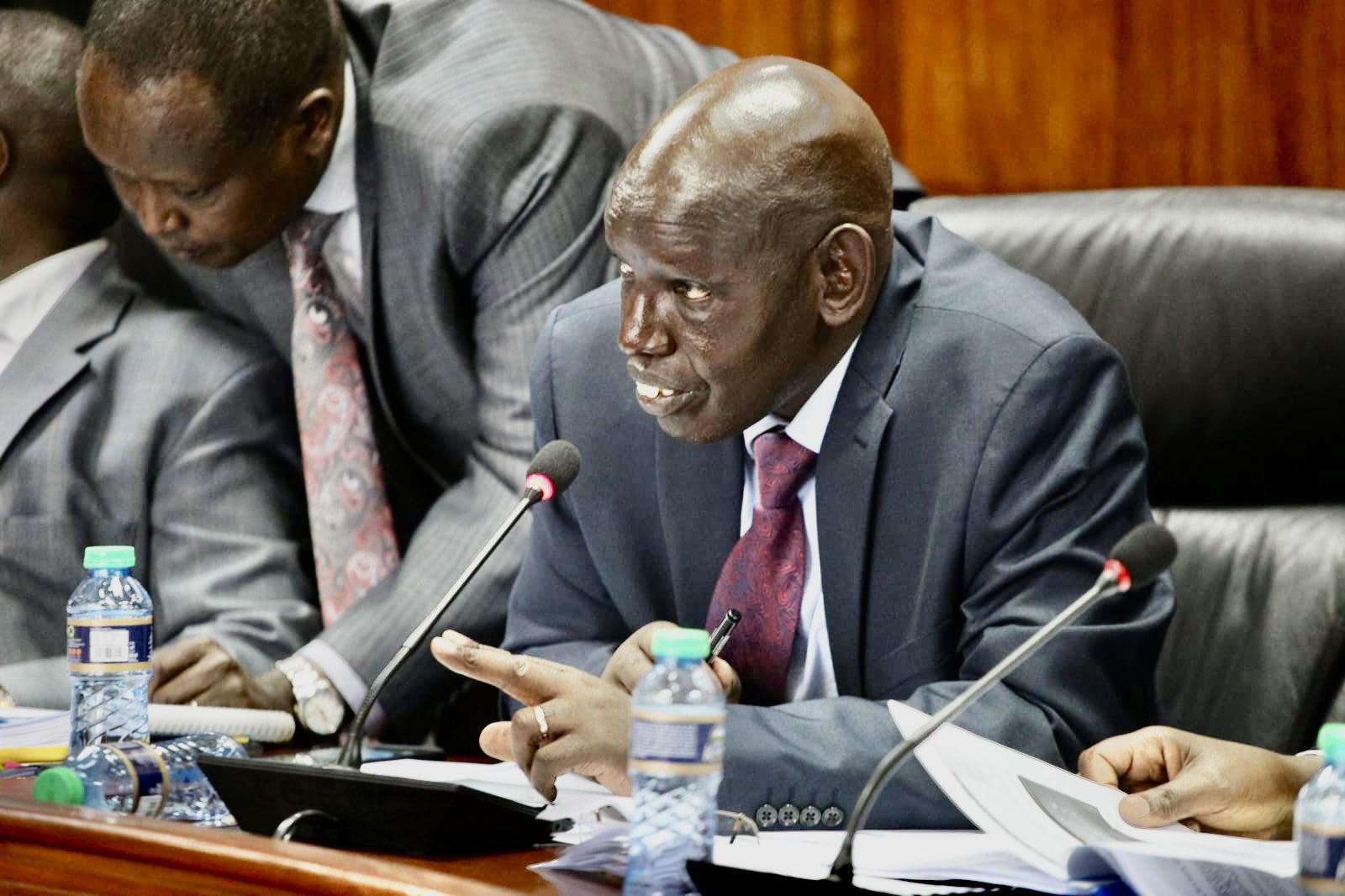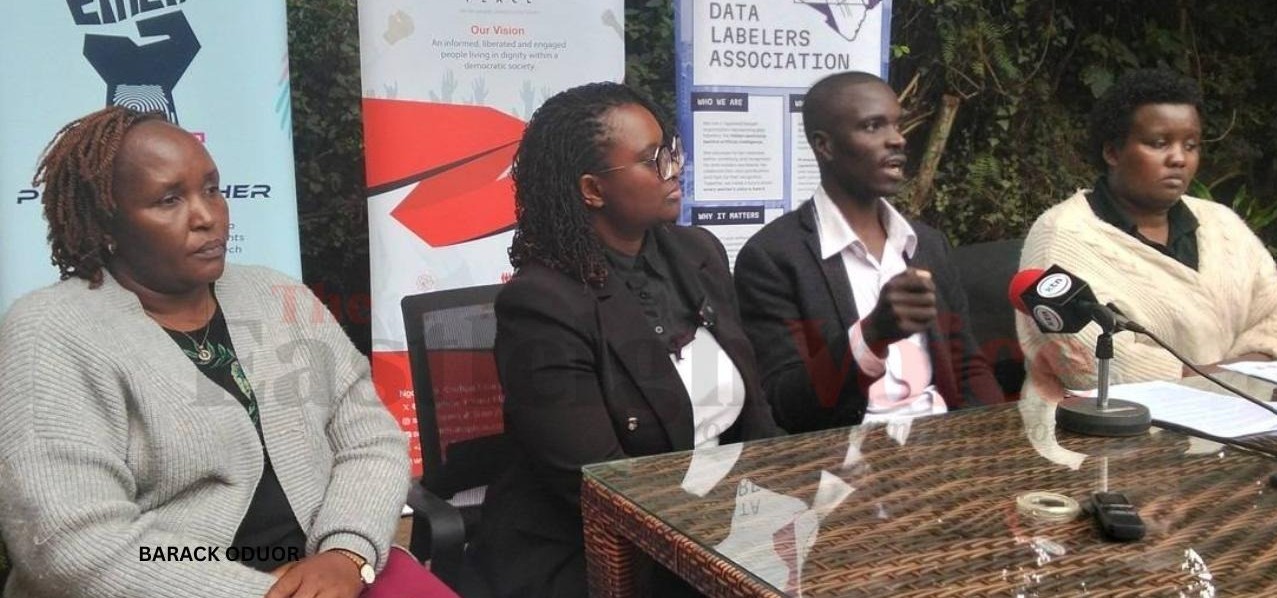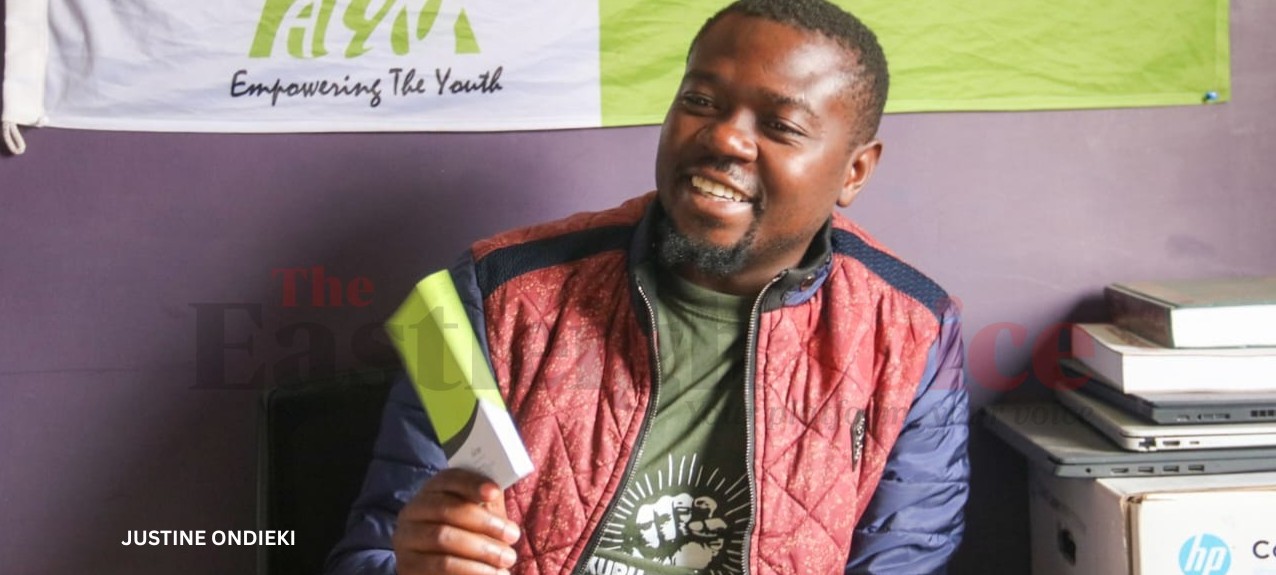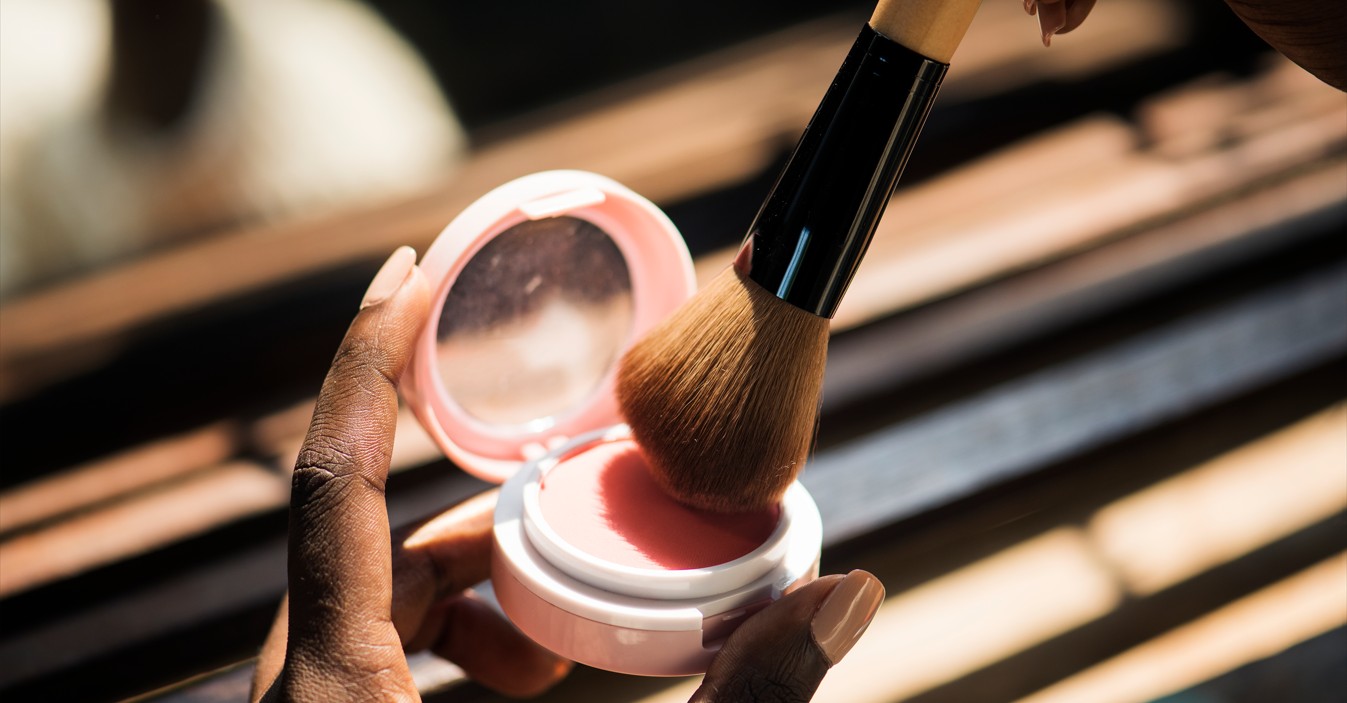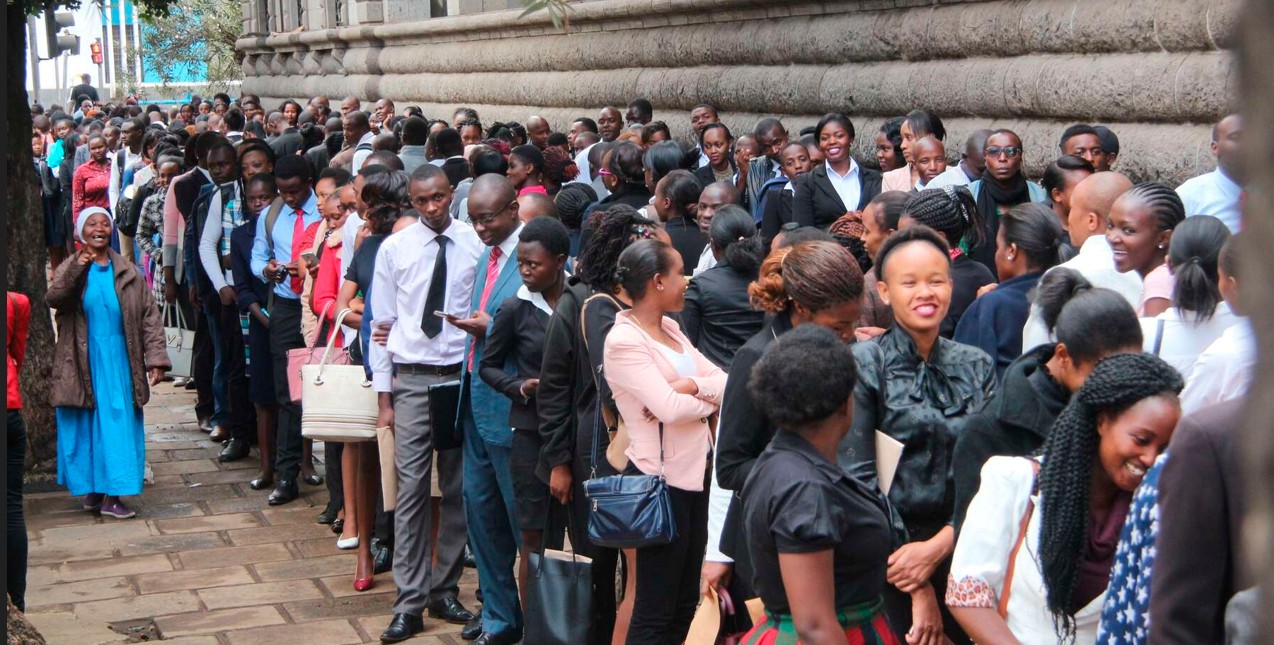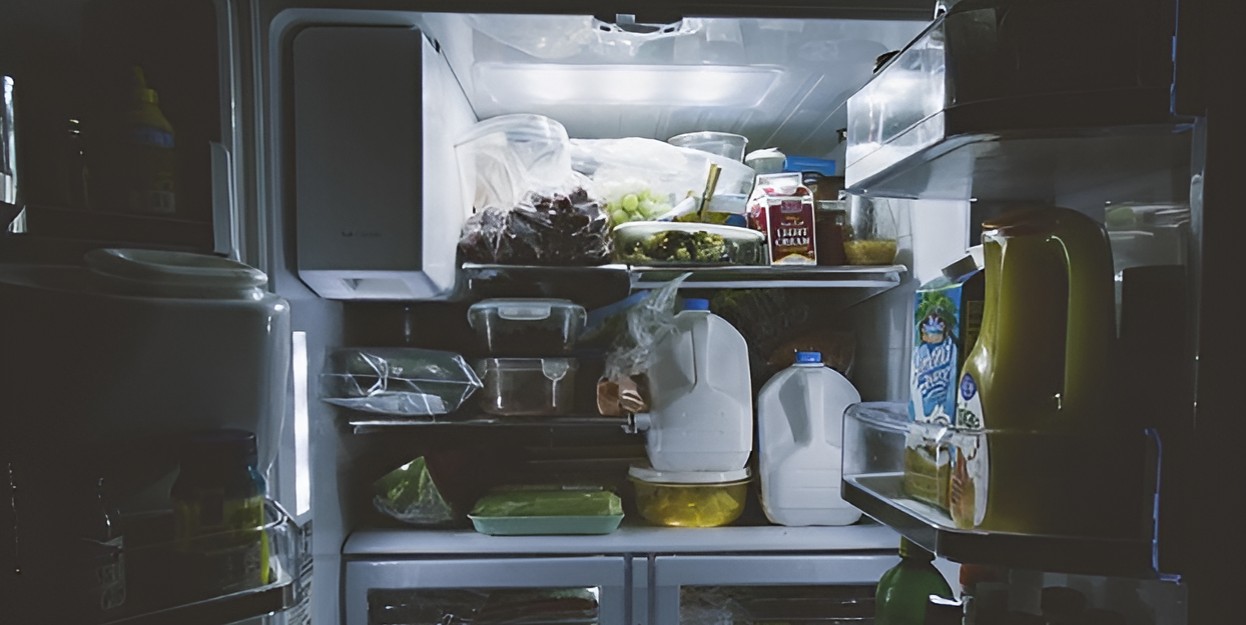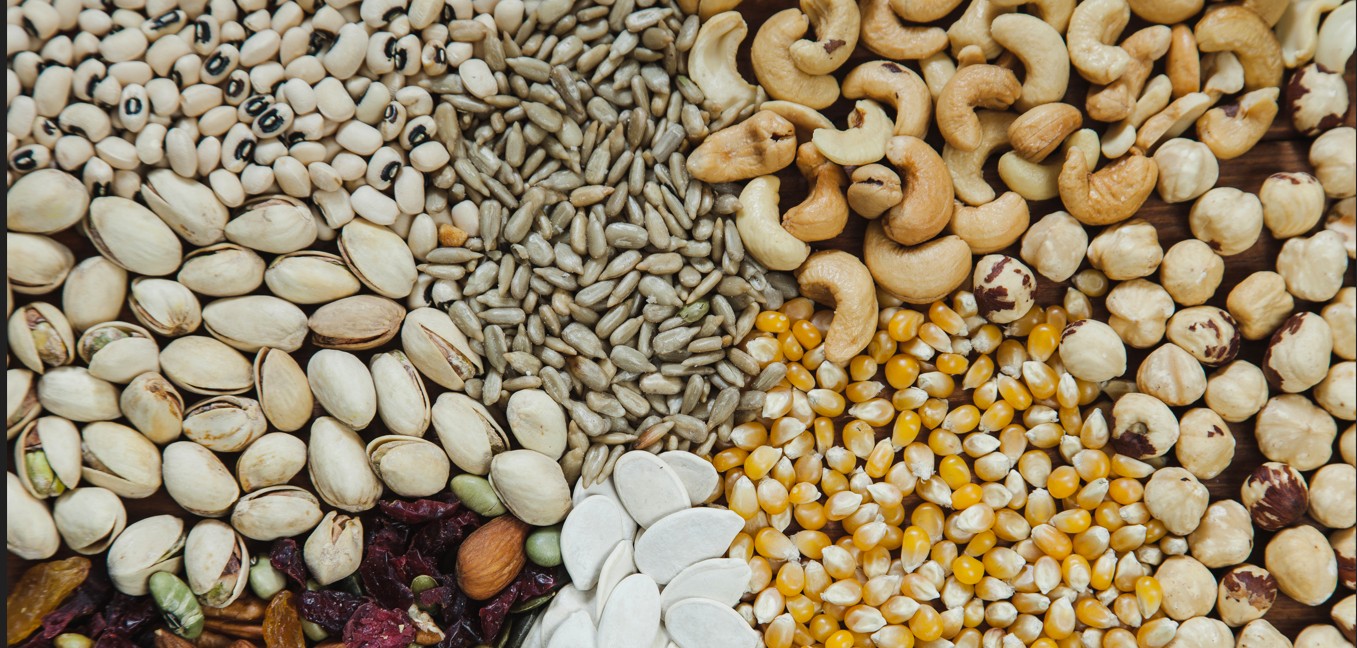High loan interest rates push more Kenyans to local credit arrangements

Experts argue that the venture is often appealing because it typically comes with lower or no interest rates compared to formal loans from banks.
As the formal credit market continues to navigate through a season of rising interest rates and increasing levels of defaults, Kenyans are increasingly adopting a much cheaper and more convenient form of credit for their household needs.
The Q3 Consumer Spending Index report by ICEA Lion Asset Management reveals that high interest rates on formal lending from July to September this year prompted many individuals and businesses to pursue alternative financing options.
More To Read
- Kenyan banks tighten oversight of third-party tech firms amid rising cyber threats
- Borrowers exposed to costly loans despite banks cutting interest rates by one per cent
- Kenya’s financial outlook steady amid strong Treasury bill demand and stable shilling - CBK
- CBK set to monitor county transactions in real time to curb corruption
- CBK admits it lacks authority to shut illegal county bank accounts
- Banks pocket Sh13 billion more from MSMEs driven by higher interest rates – CBK
This includes informal arrangements with local shops, which emerged as the top alternative form of credit for Kenyans.
Reliance on the arrangements accounted for 30 per cent of the total avenues for credit, according to the survey report.
Fuliza, borrowing from friends and acquaintances, mobile loan, goods hire purchase, 'lipa pole pole' and bank overdraft accounted for 21, 18, 15, 5, 5 and 4 per cent, respectively.
Local shop arrangements involve credit terms where shopkeepers allow customers to purchase goods on credit, with the understanding that payments will be made later.
Lower or no interest rates
Experts in the space argue that the venture is often appealing because it typically comes with lower or no interest rates compared to formal loans from banks or microfinance institutions.
Additionally, they note that local shopkeepers often have a better understanding of their customers' financial situations and can offer more flexible payment plans.
However, market analyst and investor Mihr Thakar argues that while this system provides immediate relief, it also has its downsides.
"It may lead to over-reliance on informal credit, lack of consumer protection and potential exploitation if terms are not clear," he notes.
"Further, without proper regulation, such arrangements can become unsustainable, particularly in economic downturns."
Interest rates in formal lending have been at historic highs in the better part of this year, stemming from the Central Bank of Kenya (CBK's) benchmark rate which rose to a 12-year high of 13 per cent early this year.
The apex bank's Monetary Policy Committee had raised the rate marginally on consecutive reviews to the 13 per cent mark, on the back of the runaway inflation which had hit the highs of nine per cent sometime last year.
The move seemingly has paid off as the level of inflation has fallen to the low of 3.56 in September, prompting CBK early this month to cut the benchmark interest rate by the largest margin since the start of Covid-19 economic hardships in March 2020.
It cut the key lending rate by 0.75 per cent, or 75 basis points from 12.75 per cent to 12 per cent, signalling relief for borrowers.
It followed the lowering of the benchmark rate by 25 basis points in August to 12.75 per cent from the historic high of 13.0 per cent.
Top Stories Today

